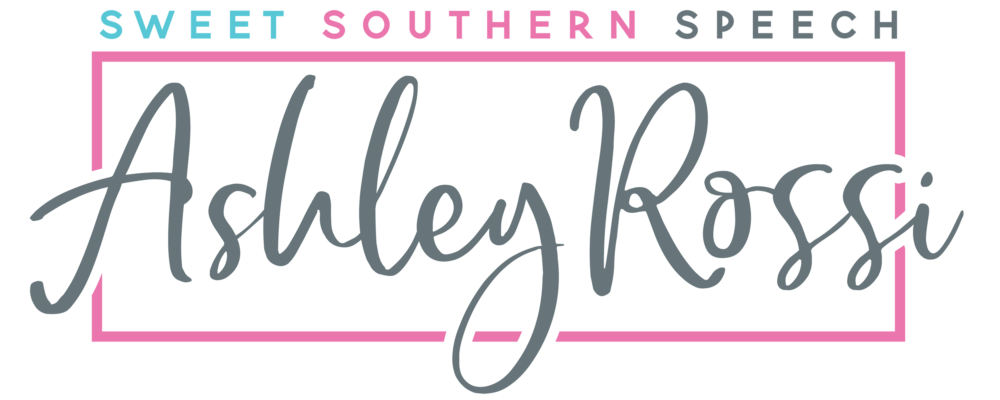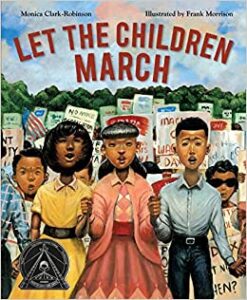In 1963 Birmingham, Alabama, thousands of African American children volunteered to march for their civil rights after hearing Dr. Martin Luther King Jr. speak. They protested the laws that kept black people separate from white people. Facing fear, hate, and danger, these children used their voices to change the world. Frank Morrison’s emotive oil-on-canvas paintings bring this historical event to life, while Monica Clark-Robinson’s moving and poetic words document this remarkable time.
This empowering Black History Month book can be used in speech therapy to address social/emotional issues like segregation, persistence, and standing up for what you believe in. It is also great for noticing character expressions and for targeting comparing and contrasting as well as for figurative language, character analysis, and negation! Discover more of the speech and language teaching concepts for using Let the Children March in speech therapy below:



